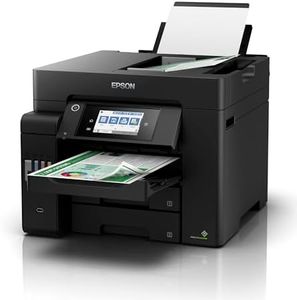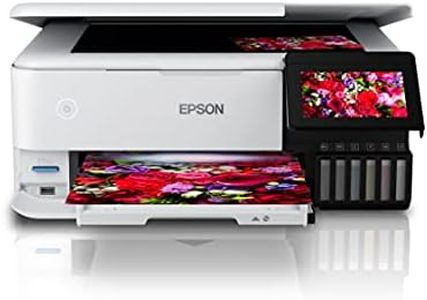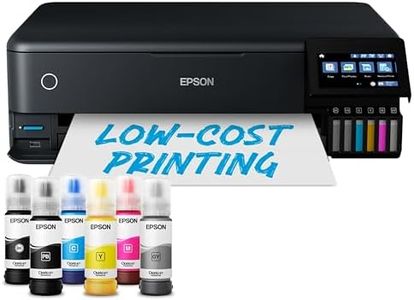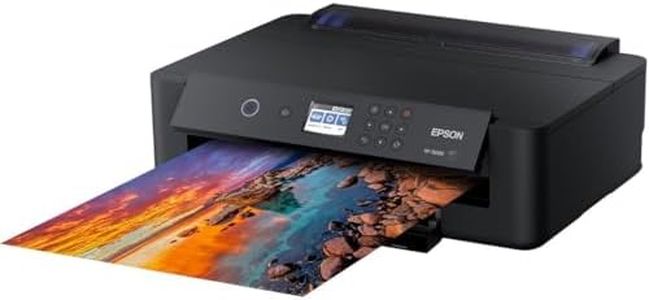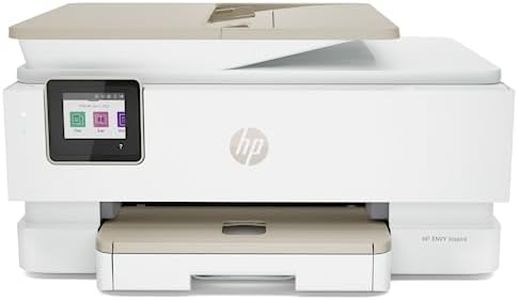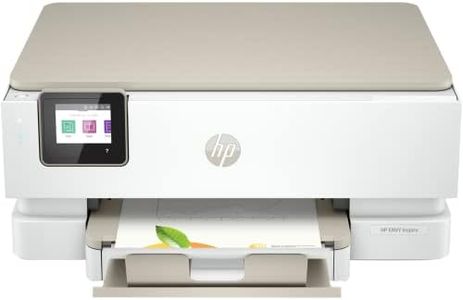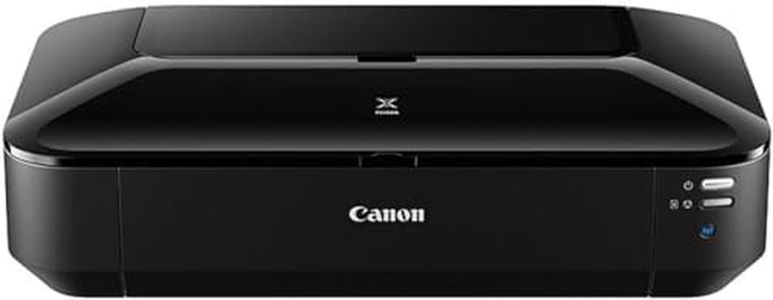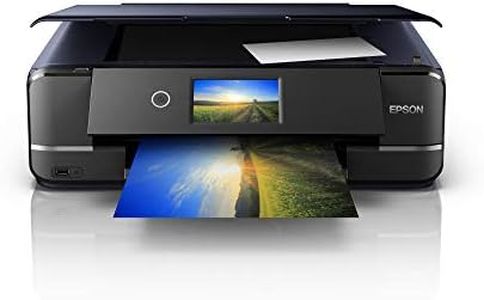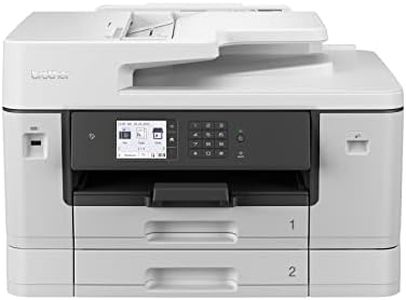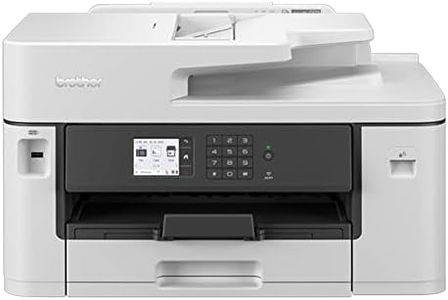We Use CookiesWe use cookies to enhance the security, performance,
functionality and for analytical and promotional activities. By continuing to browse this site you
are agreeing to our privacy policy
10 Best Large Photo Printers
From leading brands and best sellers available on the web.Buying Guide for the Best Large Photo Printers
When you're looking for a large photo printer, your goal is to find a machine that can handle big paper sizes and deliver great photo quality. These printers are often used by photographers, artists, or anyone who wants to produce gallery-worthy prints at home or in a studio. It's important to think about what you'll be printing, how often, and the kind of results you expect. Understanding the key specs will help you match a printer to your needs and avoid buying more (or less) than what’s suitable.Maximum Print SizeMaximum print size tells you the largest paper size the printer can handle and is usually stated in inches, like 13x19 or 17x22. If you want to make poster-sized prints or display-quality photos, you'll need a printer that supports larger formats. For most home or casual professional use, 13x19 inches is common and manageable; going bigger, like 17x22 inches or roll-fed options, is aimed at those who specifically need extra-large output. Think about the largest size you really need to print—don’t pay for more capacity than you’ll ever use.
Ink System (Number and Type of Inks)The ink system describes how many inks the printer uses and what types of inks they are. More inks (often 6, 8, or 12) mean more accurate colors and smoother gradients, which is important for high-quality photos. Some printers use dye-based inks for vivid color, while pigment-based inks offer better longevity and resistance to fading. If you care about print lifespan and professional-quality color accuracy, lean towards models with more pigment inks; for snapshots and display prints, a dye-based system with at least 6 colors can be enough.
Print ResolutionPrint resolution is measured in dots per inch (DPI) and reflects the detail the printer can create. Higher DPI means more detail, which is crucial for large prints where flaws are easier to spot up close. Standard levels like 2400x1200 DPI are enough for most uses, but higher resolutions are better for critical photographic or art work. If your prints will be viewed up close or need to showcase fine detail, opt for higher resolution; otherwise, standard resolutions will satisfy most non-expert eyes.
Media HandlingMedia handling refers to the type and thickness of paper the printer can accept, including whether it supports specialty papers, thick art media, or rolls. If you plan to print on canvas, card stock, or panoramic paper, make sure your printer supports these materials. Home users printing glossy or matte photos won’t need extra flexibility, but artists or professionals creating diverse projects should check for wide compatibility and possibly roll feed options.
Connectivity OptionsConnectivity options include how you connect your printer to your devices—like USB, Ethernet, Wi-Fi, or even mobile printing features. If you use multiple computers or want to print directly from a phone or tablet, wireless and network features are helpful. For a solo-use, dedicated photo station, USB may be sufficient. Pick connectivity based on your setup and how convenient you want your printing process to be.
Print SpeedPrint speed indicates how quickly the printer can produce a photo, given in time per page at a certain size and setting. Large photo printers are usually slower, especially at high quality, but this matters if you print lots of photos often or need prints quickly. If you only print occasionally, speed may not be critical, but regular batch printing means you’ll appreciate a faster model.
